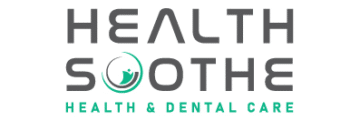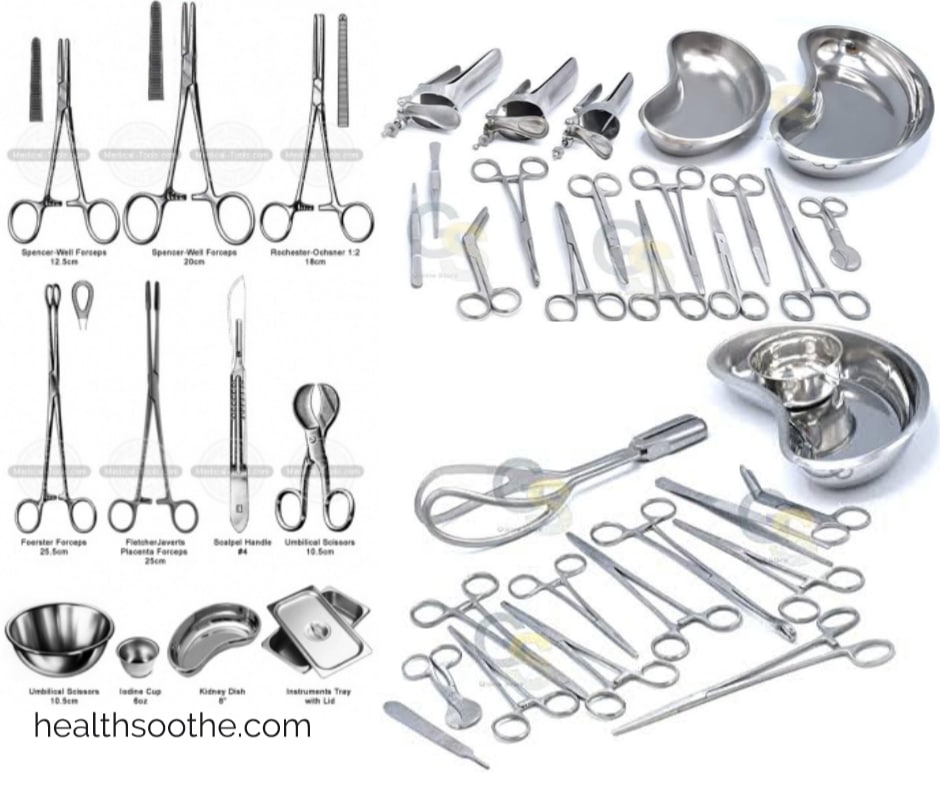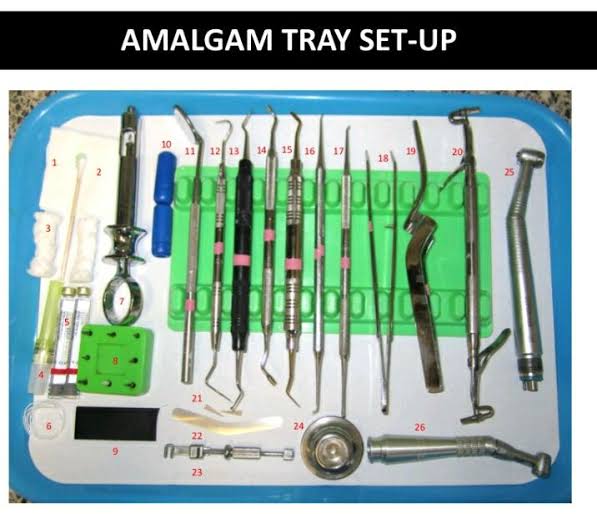The advent of digital technology has ushered in a new era of primary care, making it more accessible, convenient, and efficient than ever before. From electronic health records to telemedicine and artificial intelligence, technology is reshaping the way primary care is delivered, transforming the primary care experience for patients and physicians alike. Every facet of patient care and medical practice is experiencing a paradigm shift.
Here are some of the major ways technology is revolutionizing primary care.
Electronic Health Records (EHRs)
Primary care encompasses patient consultations and administrative tasks such as appointment scheduling, prescription refills, and medical record management. Technology has simplified these processes by automating workflows, reducing paperwork, and improving coordination between healthcare teams. Electronic health record systems (EHRs) streamline patient data management, allowing physicians to access patient records quickly and securely from anywhere. This facilitates better coordination of care, reduces errors, and enables more informed decision-making. According to a study published in Health Affairs, implementing EHRs resulted in a 27% reduction in administrative tasks for primary care physicians, allowing them to focus more on patient care.
Telemedicine
Telemedicine has gained immense popularity, especially since the COVID-19 pandemic. According to a report by McKinsey & Company, telehealth utilization rates in the United States skyrocketed from 11% in 2019 to an astonishing 46% in 2020. This surge indicates that technology has successfully bridged the gap between patients and healthcare providers, particularly for those in remote areas or with limited mobility.
Telemedicine platforms enable primary care physicians to conduct virtual consultations with patients, improving access to care, especially for those in remote or underserved areas. It also allows for more flexible scheduling and reduces the need for in-person visits for routine check-ups or follow-ups. Telemedicine has also brought advancements in mental healthcare: Virtual counseling and therapy sessions remove barriers such as stigma and geographical limitations, making it easier for individuals to seek help and support from the privacy of their homes.
Remote Monitoring Devices
A study published in the Journal of Medical Internet Research found that patients using digital health tools reported higher self-efficacy and self-care behaviors, leading to better health outcomes. Wearable devices and mobile health apps allow physicians to remotely monitor patients’ vital signs, activity levels, and other health metrics in real-time. This helps in early detection of health issues, allows for personalized interventions, and promotes proactive management of chronic conditions. The technology allows primary care physicians to intervene with patients, manage chronic conditions more effectively, and personalize treatment plans based on individual patient needs.
Decision Support Systems
Decision support systems (DSS) are software tools designed to assist healthcare providers in making clinical decisions by providing evidence-based guidance, relevant information, and patient-specific recommendations. These systems leverage medical knowledge, patient data, and algorithms to enhance the quality, efficiency, and safety of patient care. Clinical decision support systems provide physicians with evidence-based guidelines, drug interaction alerts, and diagnostic assistance, helping them make more accurate and efficient clinical decisions.
Patient Portals
Three out of five patients now use patient portals to access their health information, and it’s easy to see why. Patient portals empower patients to schedule appointments, request prescription refills, access lab results, and communicate securely with their primary care physicians online. This improves patient engagement, satisfaction, and adherence to treatment plans. Patients are not just sporadically checking their records either—the frequency of access has markedly increased over the years, with a third accessing their records six or more times in the past year. Online access is becoming a regular part of patients’ health management activities.
Health Information Exchange (HIE)
HIE networks enable secure sharing of patient health information among healthcare providers, facilitating care coordination, reducing duplication of tests, and improving continuity of care. By streamlining this process, it becomes much easier for patients and providers to navigate insurance-related matters, reduce administrative burdens and get faster access to care.
Artificial Intelligence (AI)
There are myriad administrative burdens that doctors and nurses grapple with every day, from tracking down basic patient information to sifting through medical records. AI is completely changing how primary care offices operate. The technology can seamlessly analyze patient histories and preferences, allowing physicians to devote more attention to meaningful interactions with their patients. AI-powered tools can analyze large volumes of patient data to identify patterns, predict disease risk, and suggest personalized treatment plans—resulting in more precise care.
Finally, chatbots can help clinicians by providing advice on treatments, diagnoses, and medications. They can also help patients by answering questions about their care and connecting them with the information they need to make informed decisions about their care. Experts predict that eventually EHRs can be used to book and schedule appointments.
Conclusion
Overall, technology is transforming primary care by improving access, efficiency, and quality while empowering both patients and physicians to take a more proactive approach to healthcare. This sector of healthcare is undergoing a transformational shift towards a more patient-centered, efficient, and data-driven model. Technology is not only enhancing access to care but also empowering patients to become active partners in their health. As the digital world continues to evolve, primary care will undoubtedly become more efficient, personalized, and patient-centered, ushering in a new era of healthcare delivery that prioritizes accessibility, quality, and innovation.







